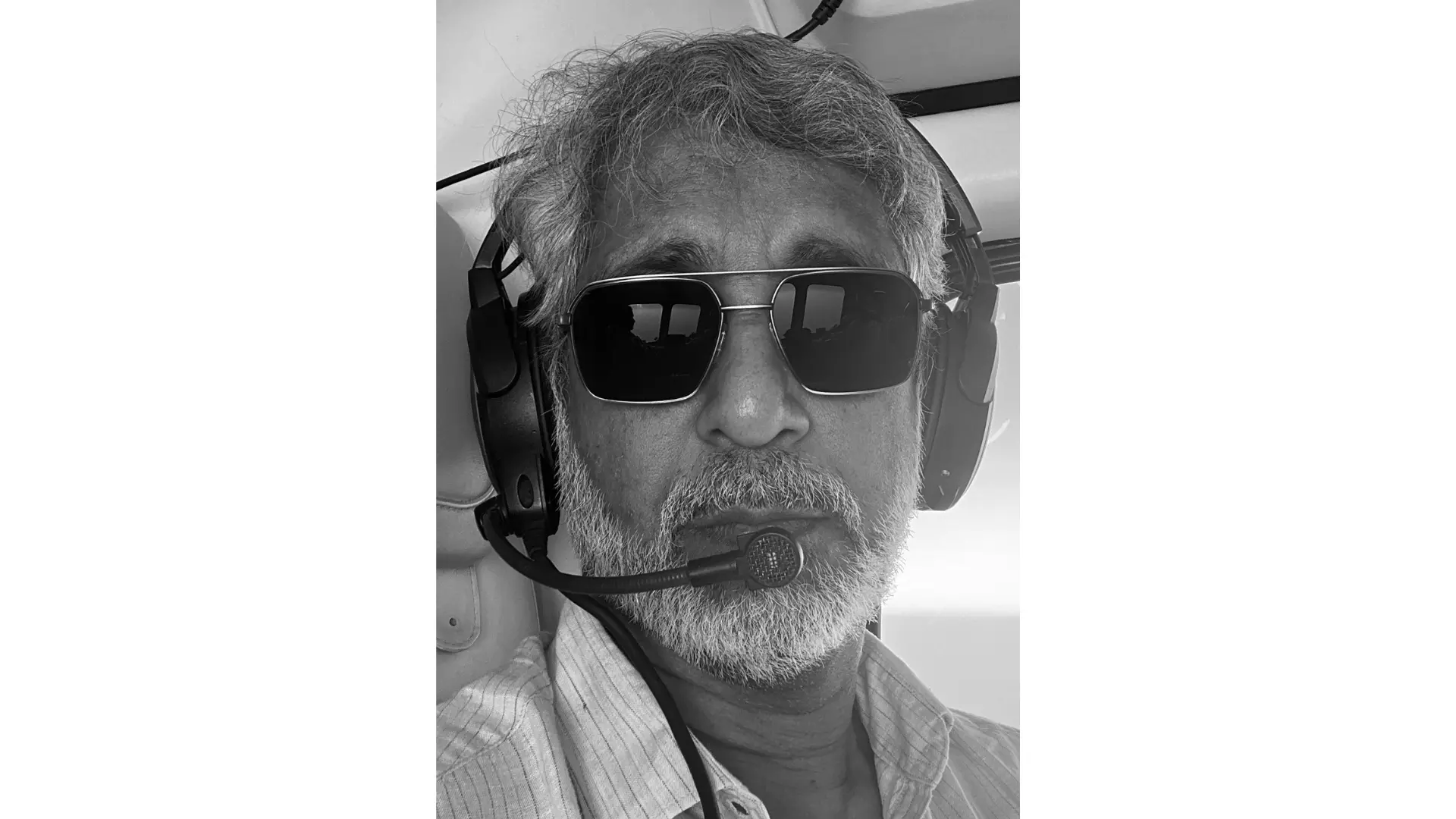KCR stops to feed feral monkeys at Yadagirigutta
However, plan to set up \'monkey food courts\' stuck in implementation stage

Hyderabad: A troupe of monkeys living on the hill where the Sri Laxmi Narasimha Swamy temple is located in Yadagirigutta in Telangana received a special treat on Sunday. Chief minister K. Chandrashekar Rao stopped after seeing them gathered by the roadside and fed them bananas.
Chandrashekar Rao was in Yadadri to review the ongoing temple reconstruction work. On his way back, he asked his vehicle be stopped after he spotted a troupe of rhesus macaques by the roadside. He got down from the car and proceeded to feed them bananas. The fruits were being carried in his vehicle.
Monkeys are considered holy, particularly around pilgrimage centres and as representatives of Lord Hanuman, the monkey god. Incidentally, Hanuman is also the ‘Kshetra Palaka’ or the protector of the temple and its surroundings. The original renovation and reconstruction plans for the temple at Yadadri also involved installation of 108-foot tall Hanuman statue.
While monkeys that have made their home around temples or in temple towns usually do well for themselves, thanks to pilgrims who feed them, in other parts of the state troupes of marauding monkeys in several districts have been causing untold trouble for villagers.
It was to take care of the problem of feral monkeys that the government in 2016 announced a monkey capture and rehabilitation programme.
A rescue centre has been constructed at Chincholi near Nirmal town where the plan was to sterilise them before releasing back in the open. Though the centre, that can house 200 monkeys at a time in four compartments that can hold 50 of the animals each, has been built, it is yet to become functional.
“There are some issues relating to procurement of equipment and other facilities that is holding it up from beginning operations,” a forest department official said.
The chief minister has been a passionate advocate of planting fruit-bearing trees in forest fringe areas to encourage monkeys to return to the wild. Where there are no natural forests, the plan was to develop ‘monkey food courts’ with various species of fruit trees that the monkeys would find attractive and eventually leave human habitations and thus reducing monkey-man confrontations in the state’s villages and towns.

